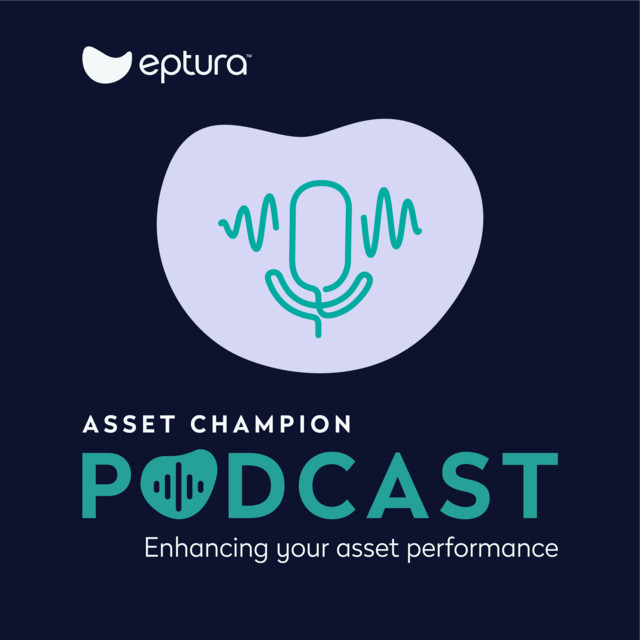
Savvy business owners know when something’s not working. Problems become apparent on profit-and-loss statements and balance sheets—and demand immediate attention. But finding the right solution can be overwhelming. Who do you listen to? What’s the cause of your problems? Where do you begin?
Understanding how business went from A to Z requires data and a clear view of what it tells you about what’s affecting the bottom line. To do so, it’s time to start from the beginning by determining where business goals were initially set, collecting data along the path from there to where you are, and then analyzing ups and downs. It’s called benchmarking and the process is crucial to draw a true picture of your business successes and failures.
Benchmarking helps create strategic plans for enduring success. Collected data and the resulting analytics allow decision makers to:
- Identify best practices and eliminate bad habits
- Improve facilities staffing and management
- Measure, understand, and improve efficiencies
- Quantify and justify costs
- Support maintenance reports and plans
- Reinforce the case for change
You might want to look to an outwardly successful organization to determine what metrics to use for data collection, but it’s not something you can borrow. Benchmarking metrics need to be specific to your business size, type, and your leadership team’s prioritized goals. For instance, a startup and a company in consolidation mode will have different metrics for success. However, where to find this data will be similar across company sizes and industries.
Most data collection will relate to your company’s facilities, as the workplace is a business’s No. 1 fixed cost. You’re not simply looking at rent or purchase price, but how that cost projects onto each employee and how well you manage and use your current space. The space where your teams work has a substantial impact on the productivity as it relates to what you’re spending on that space.
Data collection should begin with the workplace cost per employee: add the cost of all inputs—real estate, furniture, utilities, maintenance, etc—and divide by number of employees. That gives you a break-even number per employee. If the figure is below revenue, it’s safe to assume you have a facilities problem. But what problem?
You may be paying below-market value on physical space. Benchmark analytics can help determine why you’re not breaking even or exceeding workplace cost per employee. Using a Workplace Net Promoter Score (NPS), a survey that’s often used to gauge customer satisfaction but here looks inward to employees, will engage your team in making sure their workplace works for them. Scored on a scale of 1-5, these surveys can ask any number and types of questions about employees’ work as it relates to the workplace (and can be used as a model for other engagement surveys).
Responses to the following questions will, when considered together, illustrate how well your facility performs:
- What is the proximity to colleagues they meet or work with regularly?
- How of common or private meeting spaces that promote teamwork?
- Are office amenities are robust and reliable?
- How accessible is the workplace by car or transportation?
- Do employees work off-site or remotely?
- What is their overall satisfaction with the facility resources provided?
These questions, which should be tailored to your company’s specific needs and organizational layout, will highlight pain points within the workplace.
In addition to tracking workplace cost per employee, it’s important to know square footage allocated to each worker. This helps determine the ratio of communal spaces—conference rooms, lounges, open meeting areas—to employees using them. Alone or combined with other metrics, this data can help determine whether your office needs the current level of communal space or if this is why meeting areas are difficult to secure. Similarly, looking at your space occupancy (not to be confused with utilization) will highlight how many workspaces are available based on the number of people using or assigned to them.
But these metrics don’t show how well workspaces are utilized. This is where technology—NPS tech, sensors, beacons, etc.—can track space utilization in real-time. Are cramped work areas causing employee friction? Is service quality suffering due to lack of space? Such information helps prioritize where to focus resources and budget.
Your overall real estate ROI, as well as the agility of it, are key metrics that can help drive down cost and increase productivity. Determining whether your real estate portfolio is a burden or whether it’s agile enough to keep up with your company’s real-time demands will indicate whether it’s space you should hold on to, improve upon, or swap for something better suited for your goals.
Answers won’t appear overnight, nor can you study results in a silo. The above metrics, as well as others that address company goals, should be considered together when deciding on changes or improvements to productivity and employee satisfaction. Through ongoing study of performance metrics, you’ll make better hiring, investment, and management decisions. Answers will change, which is why using technology to regularly monitor your benchmarks for success is the most important investment you can make as a company.


